|
|
|
|
|
|
|
|
Photo Gallery for Lampropeltis rhombomaculata - Northern Mole Kingsnake
| 33 photos are available. Only the most recent 30 are shown.
|
 | Recorded by: Matt Perry
Surry Co.
Comment: | 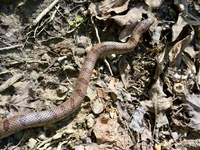 | Recorded by: Matt Perry
Surry Co.
Comment: |
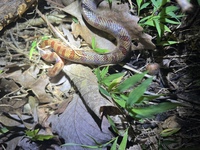 | Recorded by: Bowman, Nick
Surry Co.
Comment: | 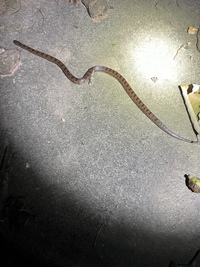 | Recorded by: Bowman, Nick
Surry Co.
Comment: |
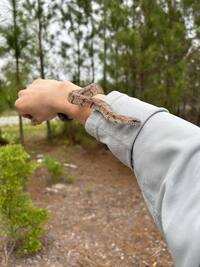 | Recorded by: Michael Wilson
Harnett Co.
Comment: |  | Recorded by: Matthew
Richmond Co.
Comment: |
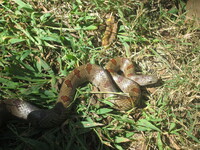 | Recorded by: Robert Russo
Catawba Co.
Comment: | 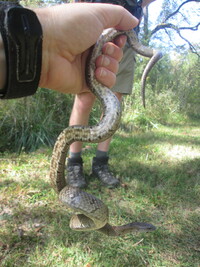 | Recorded by: Robert Russo
Catawba Co.
Comment: |
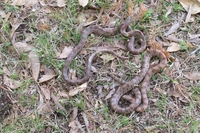 | Recorded by: Terrell Tucker
Moore Co.
Comment: | 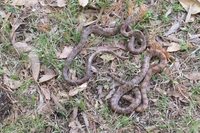 | Recorded by: Terrell Tucker
Moore Co.
Comment: |
 | Recorded by: Robert Russo
Alexander Co.
Comment: | 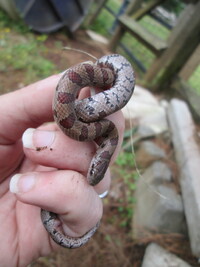 | Recorded by: Robert Russo
Iredell Co.
Comment: |
 | Recorded by: Erich Hofmann and Kayla Weinfurther
Jones Co.
Comment: | 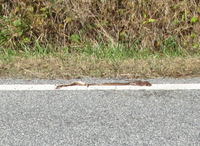 | Recorded by: Robert Russo
Caldwell Co.
Comment: |
 | Recorded by: Robert Russo
Alexander Co.
Comment: | 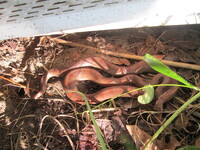 | Recorded by: Robert Russo
Alexander Co.
Comment: |
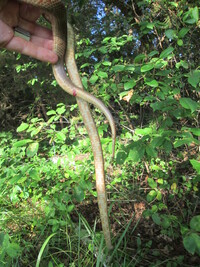 | Recorded by: Robert Russo
Alexander Co.
Comment: | 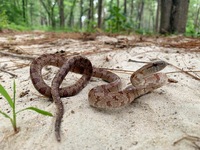 | Recorded by: T. Stafford
Moore Co.
Comment: |
 | Recorded by: A. Shepherd
Iredell Co.
Comment: | 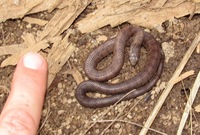 | Recorded by: B. Bockhahn
Wake Co.
Comment: |
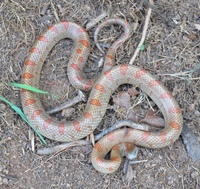 | Recorded by: K. Bischof, S. Becker
McDowell Co.
Comment: | 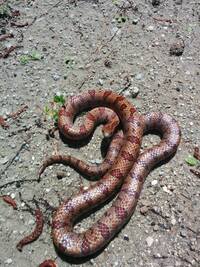 | Recorded by: Erich Hofmann
Craven Co.
Comment: |
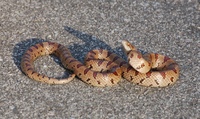 | Recorded by: NEW, L. Purvis
Moore Co.
Comment: | 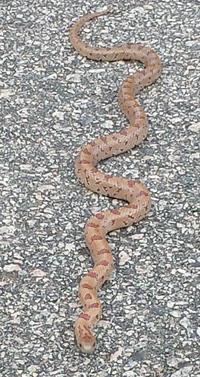 | Recorded by: L. Amos
Vance Co.
Comment: |
 | Recorded by: Robert Russo
Alexander Co.
Comment: | 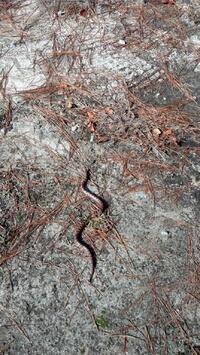 | Recorded by: E. Siratt
Scotland Co.
Comment: |
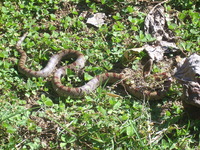 | Recorded by: J. Gwinn & S. Watts
Iredell Co.
Comment: | 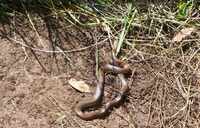 | Recorded by: J. Anderson,
Wake Co.
Comment: |
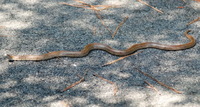 | Recorded by: Paul Scharf
Halifax Co.
Comment: | 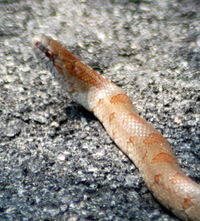 | Recorded by: Paul Scharf
Halifax Co.
Comment: |
|
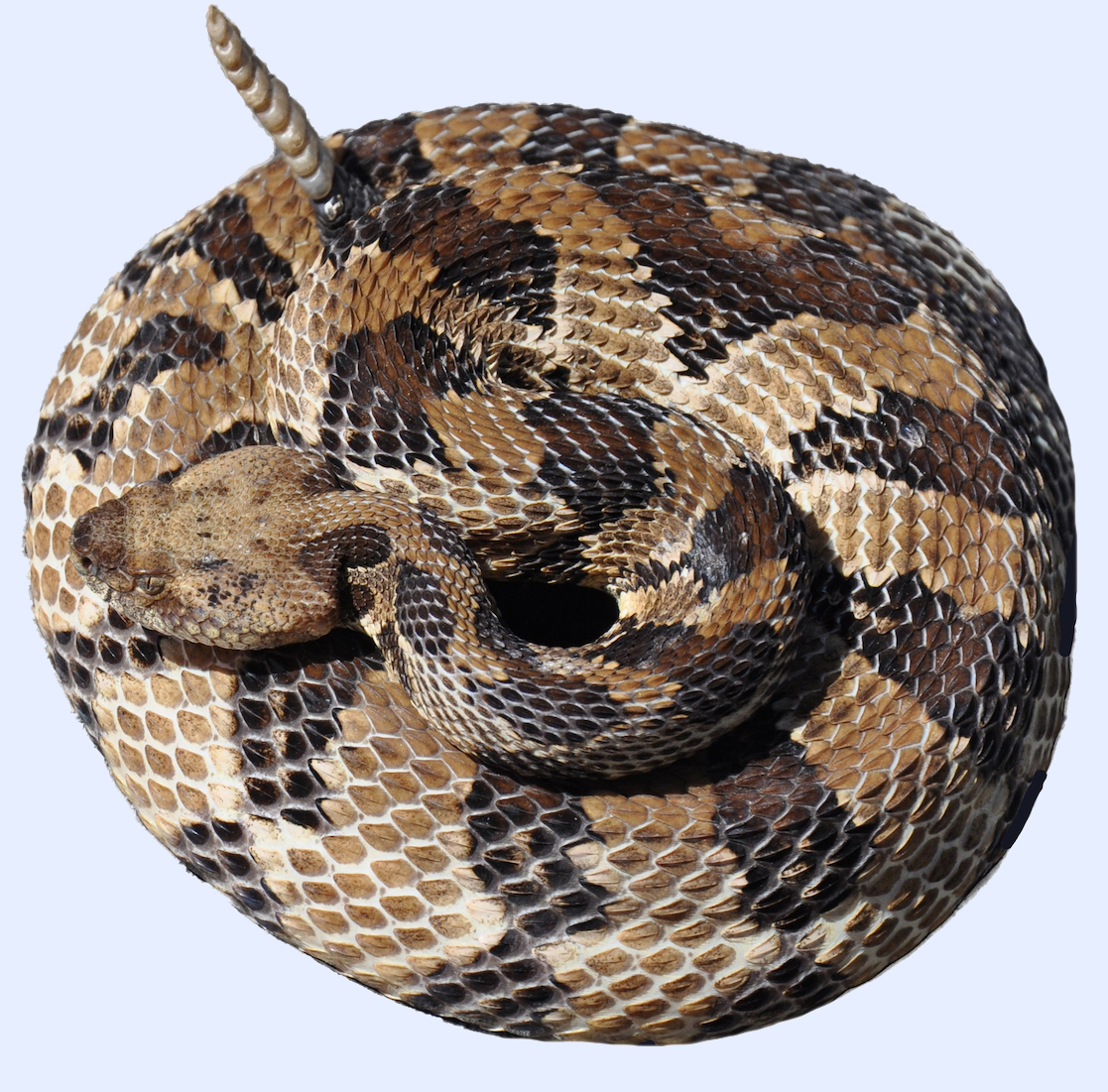
 »
» 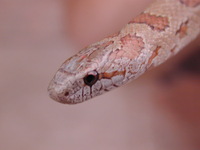




 »
» 


